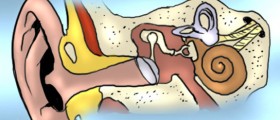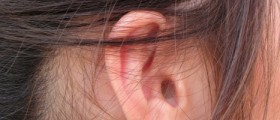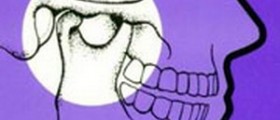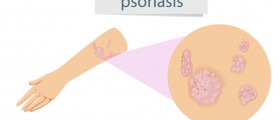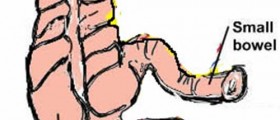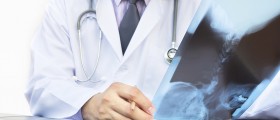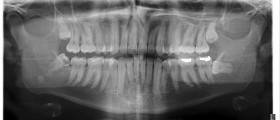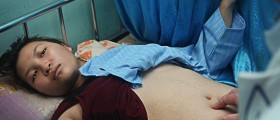General overview
Although it is rare, superior canal dehiscence syndrome (SCDS) is a medical condition which affects the inner ear and results in a person's balance and hearing being negatively affected.
The cause of SCDS is thought to be congenital in nature but there have been cases where physical trauma to the head had resulted in this condition.
The symptoms experienced in this condition occur due to a missing part of or diminishing of the temporal bone which covers the anatomy of the superior semicircular canal of the vestibular system of the inner ear.

Symptoms of SCDS
The following symptoms are experienced in SCDS.
- Dizziness, disequilibrium or vertigo.
- Hyperacusis (increased sensitivity to sound).
- Low-frequency hearing loss which is conductive in nature.
- A full and heavy feeling in the ear.
- Headaches or migraines.
- Fatigue.
- Tinnitus (ringing in the ears).
- Autophony.
How is SCDS confirmed?
The diagnosis of this condition can be confirmed by correlating the symptoms experienced by the patient with radiological findings of a CT scan of the head. The scan will show an abnormally narrowed area of the temporal bone over the vestibular system of the inner ear, and will also exclude other conditions which may present with similar symptoms.
Other investigative procedures include the vestibular evoked myogenic potential (VEMP) test, video-nystagmography (VNG) the rotational chair test and electrocochleography (ECOG). These are important tests that need to be done so as to exclude other inner ear conditions where middle ear surgery would be needed, thus saving the patient from any unnecessary invasive procedures.
Treatment
A way to manage this condition is through surgical intervention if the symptoms really affect the patient's quality of life. One would have to be referred to an ear, nose and throat specialist to examine the patient and confirm the diagnosis. Thereafter, the surgical procedure should be explained to the patient.
The procedure is done by accessing the narrowed area of the temporal bone and then applying soft tissue grafts or bone cement to "thicken" the area. This should then help reduce the symptoms experienced by the patient.
Another procedure that could also help would be a tuboplasty. This is done by inserting a silicone tube or block, via the middle ear, in the Eustachian tube which then takes up space in the tube and narrows it. This should then also help reduce the symptom of autophony which is experienced by a patient with SCDS.
- Photo courtesy of SteadyHealth



